Browse Books

artmaking as embodied enquiry
What can a fold be? Virtually anything and everything.
For centuries folds/folding has captured the world’s imagination. Folds readily appear in revivals of the ancient craft of origamithe simplest acts of pedestrian life in art design architecture performing arts linguistics the philosophical turnings of the mind and last but not the least in the many ingenious computations of (bio)engineering and technology. What awaits our understanding is how deeply the fold roots into embodiment into our very impulse to create.
This book is about folding as a vibrant stimulus for trans-disciplinary artistic research – whether for the performative for product realization or simply to enliven body mind and spirit. Conceived as art-made-differently Susan and Glenna share the abundance of their decade-long collaboration in developing their approach to practice research in the fold. In addition to their own insights they invite eight of their collaborators to contribute each a veteran artist. The fold is destined for artmaking – for making any art. Etching into the very fabric of embodiment the fold practice reaches outside the constraints of disciplinary silos into niche areas that embrace the unknown with all its underlying tensions and ambiguities.
Reflecting on a current and unique somatic oriented arts research practice and pedagogy with an intriguing blend of interdisciplinary concern and theory practice and includes a wide variety of practice samples and images.

The Architect's Dream
Sean Pickersgill demonstrates that the goal of creating meaningful architecture can take a variety of critical and philosophical paths. The importance of architecture as an expression of broad complex social drivers is complemented by the equally popular idea that architecture as an intellectual pursuit retains its own autonomy as a self-referential culture. This book uniquely places the emphasis for innovation in architecture within the domain of critical thinking generally and a specific understanding of the semantics of built form.
The book draws on a broad range of subject areas from film to philosophy to anthropology to mathematics and economics to show that the path to meaningful creative practice is always based in an understanding of the principal drivers for change and meaning in society.
It is not a simple recipe book or workshop manual for others to reproduce. It requires the engaged reader to employ their own creative abilities to find what potential lies in each of the propositions and it will encourage the scholastic architect to continue to mine the rich veins of intellectual culture to demonstrate the latent purposiveness inherent in all meaningful architecture.

Architecture, Film, and the In-between
The long-established dialogue between architecture and film offers an interdisciplinary platform for a critical examination of spaces of in-between.
Apart from architecture informing scenography and cities serving as backdrops to the moving image films have actively participated in shaping the public opinion about architecture and its allied disciplines. While architecture and design may not necessarily be central themes in a film their spatial contextualization of the narrative informs cinematic productions. Screen Space and the In-Between looks at both the filmic imagination/representation of architectural in-betweenness as well as the in-between spaces within the inherent architectural structure of filmic expression.
On the one hand cinematic production serves as a site to project utopian fantasies of the built environment and on the other hand the processes tools and methods involved in both architecture and film function as mediators between abstract ideation and its materialized manifestation.
The book interrogates the filmic creation of spatial imaginaries through the anthropological lens especially as the disciplines in the built environment react to the liminal spaces of the cinematic. It adopts cinematic experiences of the built environment as a vantage point to reframe ongoing theoretical debates about liminal spaces.
Foreword by Mark Foster Gage
Contributors: Giuliana Bruno Beatriz Colomina James F. Kerestes Graham Harman Ferda Kolatan Juhani Pallasmaa Eva Perez De Vega Mehmet Sahinler Patrik Schumacher Maria Sieira Alican Taylan Vahid Vahdat Jason Vigneri-Beane Jon Yoder Michael Young

Art Education in Canadian Museums
This collection considers how Canadian art educators are engaging with a new range of approaches to museum education and why educators are responding to 21st century challenges in ways that are unique to Canada.
Organized into three sections this collection reconceptualizes museums to consider accessibility differences in
lived experiences and how practices create impactful change.
With the overarching concept of relationality between art museums and interdisciplinary perspectives authors consider methodological philosophical experiential and aesthetic forms of inquiry in regional museum contexts from coast-to-coast-to-coast that bring forward innovative theoretical standpoints with practice-based projects in museums articulating how museums are shifting and why museums are evolving as sites that mediate different and multiple knowledges for the future. Informed by social justice perspectives and as catalysts for public scholarship each chapter is passionate in addressing the mobilization of equity diversity and inclusivity (EDI) in relation to practices in the field.
By weaving the learning potential of interacting with artworks more fully within situated and localized social and cultural communities the authors present a distinct socio-political discourse at the heart of teaching and learning. Rupturing preconceived ideas and sedimentary models they suggest a discourse of living futures is already upon us in museums and in art education.

Art Education in Canadian Museums
This collection considers how Canadian art educators are engaging with a new range of approaches to museum education and why educators are responding to 21st century challenges in ways that are unique to Canada.
Organized into three sections this collection reconceptualizes museums to consider accessibility differences in
lived experiences and how practices create impactful change.
With the overarching concept of relationality between art museums and interdisciplinary perspectives authors consider methodological philosophical experiential and aesthetic forms of inquiry in regional museum contexts from coast-to-coast-to-coast that bring forward innovative theoretical standpoints with practice-based projects in museums articulating how museums are shifting and why museums are evolving as sites that mediate different and multiple knowledges for the future. Informed by social justice perspectives and as catalysts for public scholarship each chapter is passionate in addressing the mobilization of equity diversity and inclusivity (EDI) in relation to practices in the field.
By weaving the learning potential of interacting with artworks more fully within situated and localized social and cultural communities the authors present a distinct socio-political discourse at the heart of teaching and learning. Rupturing preconceived ideas and sedimentary models they suggest a discourse of living futures is already upon us in museums and in art education.

Applied Theatre, Third Edition
Applied Theatre was the first collection to assist practitioners and students in developing critical frameworks for their own community-based theatrical projects. The editors draw on thirty case studies in applied theatre from fifteen countries—covering a wide range of disciplines from theatre studies to education medicine and law—and collect essential readings to provide a comprehensive survey of the field.
Infused with a historical and theoretical overview of practical theatre Applied Theatre offers clear developmental approaches and models for practical application.
This third edition offers refreshed case studies from many countries worldwide that provide exemplars for the practice of applied theatre. The book will be useful to both instructors and students in its focus on providing clear introductory chapters that lay out the scope of the field dozens of case studies in all areas of the field and a new chapter on responses to the global pandemic of 2020.
Also includes a new section on representation in its final chapter looking at the issues of how we represent ourselves and others on stage.
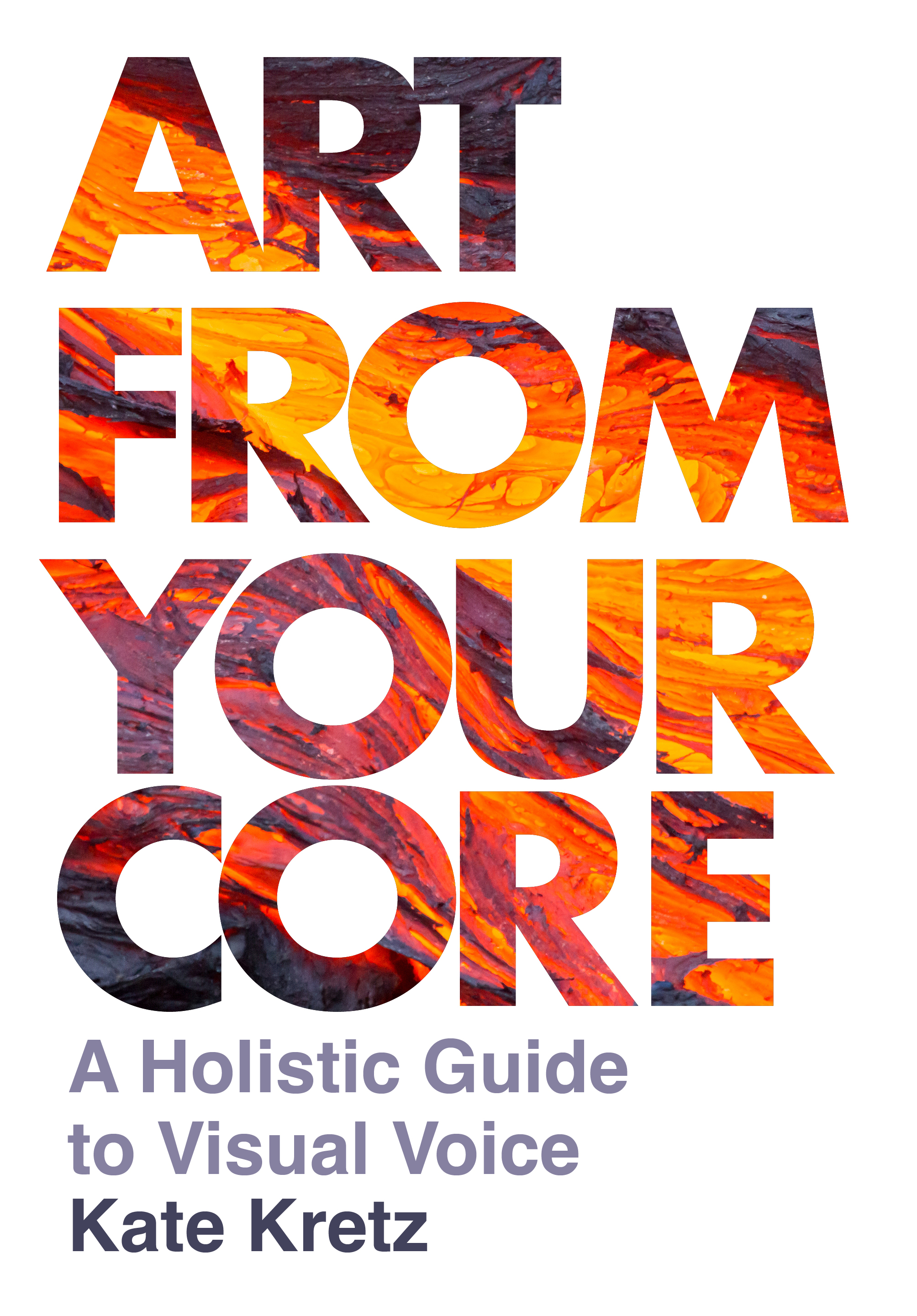
Art from Your Core
This book guides artists through the discovery and development of the art that they alone were born to create. Through real-life examples and exercises we tear down the cultural educational and psychological obstacles to finding authentic visual voice stripping away years of assumptions external and self-imposed limiting parameters.
We learn how to listen to the Universe and get out of the way when work wants to come through us. We construct a core foundation unique to each artist one that will grow along with them in their artistic
practice. Artists will discover their own singular visual vocabulary by mining their personal history psyche and world view to reveal new creative directions and learn how to intensify and develop their core ideas to make them more resonant and complex. We explore methodologies to tap into the subconscious cultivate breakthroughs create environments to maximize the gestation of ideas instill bravery and do meaningful research to produce deeply layered works of art.
While designed for college students professional artists will also find it allows them to get to that illusive
“next level” in their work; the one that calls to them haunts them in their dreams yet remains unarticulated in their practice.
In addition to helping undergraduate and graduate students who are looking to identify articulate and hone their vocabulary it can serve as a tool for more established artists to step up or refresh their practice. It is the kind of book that artists will keep on the studio shelf to pick up time and time again as their responses to the exercises will change throughout the course of their career.
There are extensive lists exercises and questionnaires anecdotes of art-historically significant artists and detailed descriptions of the methodologies they employ to tap into the subconscious various types of research on creative breakthroughs (and how to apply it to your own process) helpful suggestions to create an environment / lifestyle to maximize the gestation of ideas and how to do meaningful research to produce deeply layered works of art. While the tone of the book is often earnest and spiritual (in an “art is religion” kind of way) Kretz is aiming for a straightforward accessible kind-but-no-nonsense tenor with some humor and nurturing “tough love” when needed to say some of the things that artists need to hear but few people have the guts to tell them.

Art, Sustainability and Learning Communities
By engaging with education contemporary art and global sustainability goals this book connects the artistic way of communication with ecological obligations and social issues and promotes a sense of active citizenship. International empirical and curricular research presents a case for strong learning communities that take a clear political stand in favour of socially engaged art pedagogies.
The main aim of is to show how shared spaces for exchange in the fields of art education and continuous professional development can reflect inspire and integrate sustainability principles that are becoming crucial in today’s world. The authors propose the idea that coordinated action can lead to a more sustainable future by promoting a sense of community lifelong learning and confidence in the possibility of changing current conditions.
Its three parts combine expertise in visual arts education education for sustainable development contemporary art practice and sustainability activism. While Part I focuses on literature in the field and the interrelation of different disciplines Part II provides concrete examples of professional learning communities and pedagogies that can be used to enrich the field of art education. Finally Part III presents brief case studies illustrating international projects by contemporary artists curators environmentalists and others providing educators with several inspirational models of concrete and creative action.

An Introduction to the Phenomenology of Performance Art
This original and unique new book takes an integrated approach to interrogating the experience and location of the self/s within the context of performance art practice. In its framing and execution of practical exercises and focused snapshots of internationally recognized performance practice Bacon situates their argument within the boundaries of specialism in the critical curation of performance art praxis as well as contemporary phenomenological scholarship.
Introducing the study and application of performance art through phenomenology for radical artists educators and practitioner-researchers; this exciting new book invites readers to take part explore contemporary performance art and activate their own practices.
Applying a queer phenomenology to unpack the importance of a multiplicity of Self/s the book guides readers to be academically rigorous when capturing embodied experiences featuring exercises to activate their practices and clear introductory definitions to key phenomenological terms. Includes interviews and insights from some of the best examples of transgressive performance art practice of this century help to help unpack the application of phenomenology as Bacon calls for a queer reimagining of Heidegger’s ‘The Origin of the Work of Art.’
This is an important contribution to the field and will be welcomed by performance artists and academics interested in performance. It may also appeal to those teaching concepts of phenomenology.
It will be relevant to students of performance as well as to artists audiences and museum goers. The approachable layout and clear authorial voice will add to the appeal for students early career researchers and mean that it has strong potential for inclusion in undergraduate and postgraduate syllabi within the field.
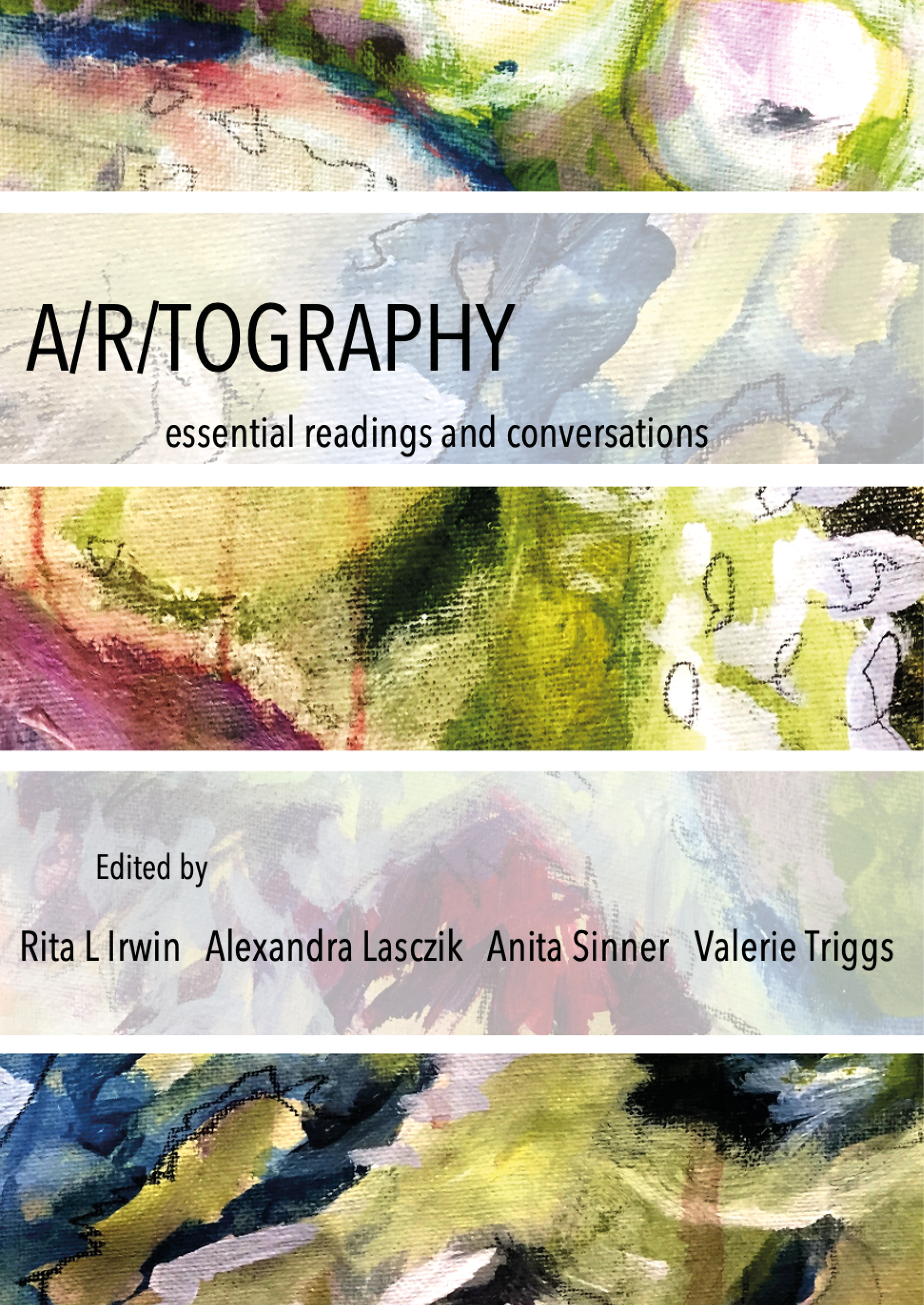
A/r/tography
The focus of this edited book is to evoke and provoke conceptual conversations between early a/r/tographic publications and the contemporary scholarship of a/r/tographers publishing and producing today. Working around four pervasive themes found in a/r/tographic literature this volume addresses relationality and renderings ethics and embodiment movement and materiality and propositions and potentials.
In doing so it advances concepts that have permeated a/r/tographic literature to date. More specifically the volume simultaneously offers a site where key historical works can easily be found and at the same time offer new scholarship that is in conversation with these historical ideas as they are discussed expanded and changed within contemporary contexts. The organizing themes offer conceptual pivots for thinking through how a/r/tography was first conceptualized and how it has evolved and how it might further evolve.
Thus this edited book affords an opportunity for all those working in and through a/r/tography to offer refined revised revisited or new conceptual understandings for contemporary scholarship and practice.
Part of the Artwork Scholarship: International Perspectives in Education series.
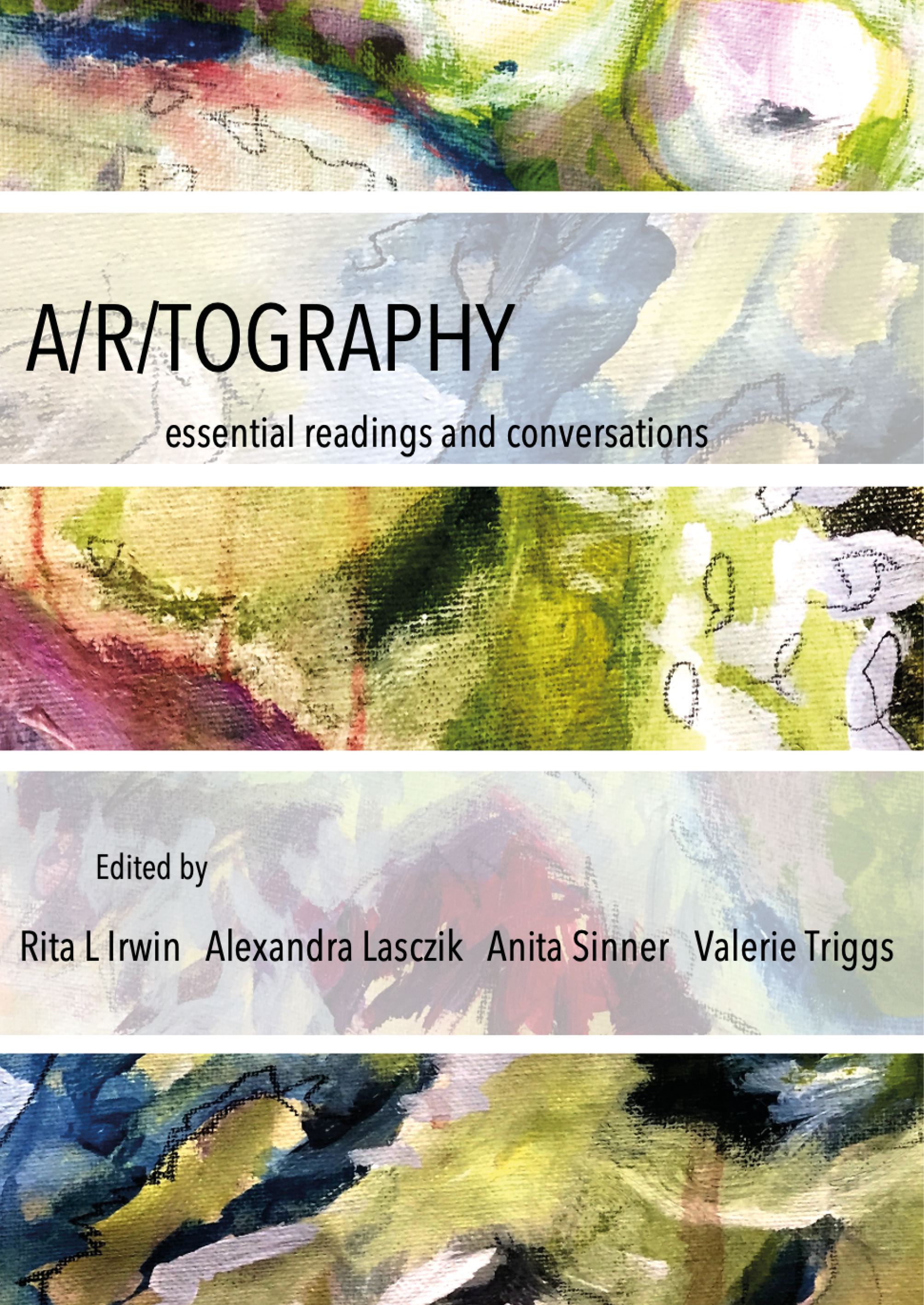
A/r/tography
The focus of this edited book is to evoke and provoke conceptual conversations between early a/r/tographic publications and the contemporary scholarship of a/r/tographers publishing and producing today. Working around four pervasive themes found in a/r/tographic literature this volume addresses relationality and renderings ethics and embodiment movement and materiality and propositions and potentials.
In doing so it advances concepts that have permeated a/r/tographic literature to date. More specifically the volume simultaneously offers a site where key historical works can easily be found and at the same time offer new scholarship that is in conversation with these historical ideas as they are discussed expanded and changed within contemporary contexts. The organizing themes offer conceptual pivots for thinking through how a/r/tography was first conceptualized and how it has evolved and how it might further evolve.
Thus this edited book affords an opportunity for all those working in and through a/r/tography to offer refined revised revisited or new conceptual understandings for contemporary scholarship and practice.
Part of the Artwork Scholarship: International Perspectives in Education series.

Architecture, Film, and the In-between
The long-established dialogue between architecture and film offers an interdisciplinary platform for a critical examination of spaces of in-between.
Apart from architecture informing scenography and cities serving as backdrops to the moving image films have actively participated in shaping the public opinion about architecture and its allied disciplines. While architecture and design may not necessarily be central themes in a film their spatial contextualization of the narrative informs cinematic productions. Screen Space and the In-Between looks at both the filmic imagination/representation of architectural in-betweenness as well as the in-between spaces within the inherent architectural structure of filmic expression.
On the one hand cinematic production serves as a site to project utopian fantasies of the built environment and on the other hand the processes tools and methods involved in both architecture and film function as mediators between abstract ideation and its materialized manifestation.
The book interrogates the filmic creation of spatial imaginaries through the anthropological lens especially as the disciplines in the built environment react to the liminal spaces of the cinematic. It adopts cinematic experiences of the built environment as a vantage point to reframe ongoing theoretical debates about liminal spaces.
Foreword by Mark Foster Gage
Contributors: Giuliana Bruno Beatriz Colomina James F. Kerestes Graham Harman Ferda Kolatan Juhani Pallasmaa Eva Perez De Vega Mehmet Sahinler Patrik Schumacher Maria Sieira Alican Taylan Vahid Vahdat Jason Vigneri-Beane Jon Yoder Michael Young
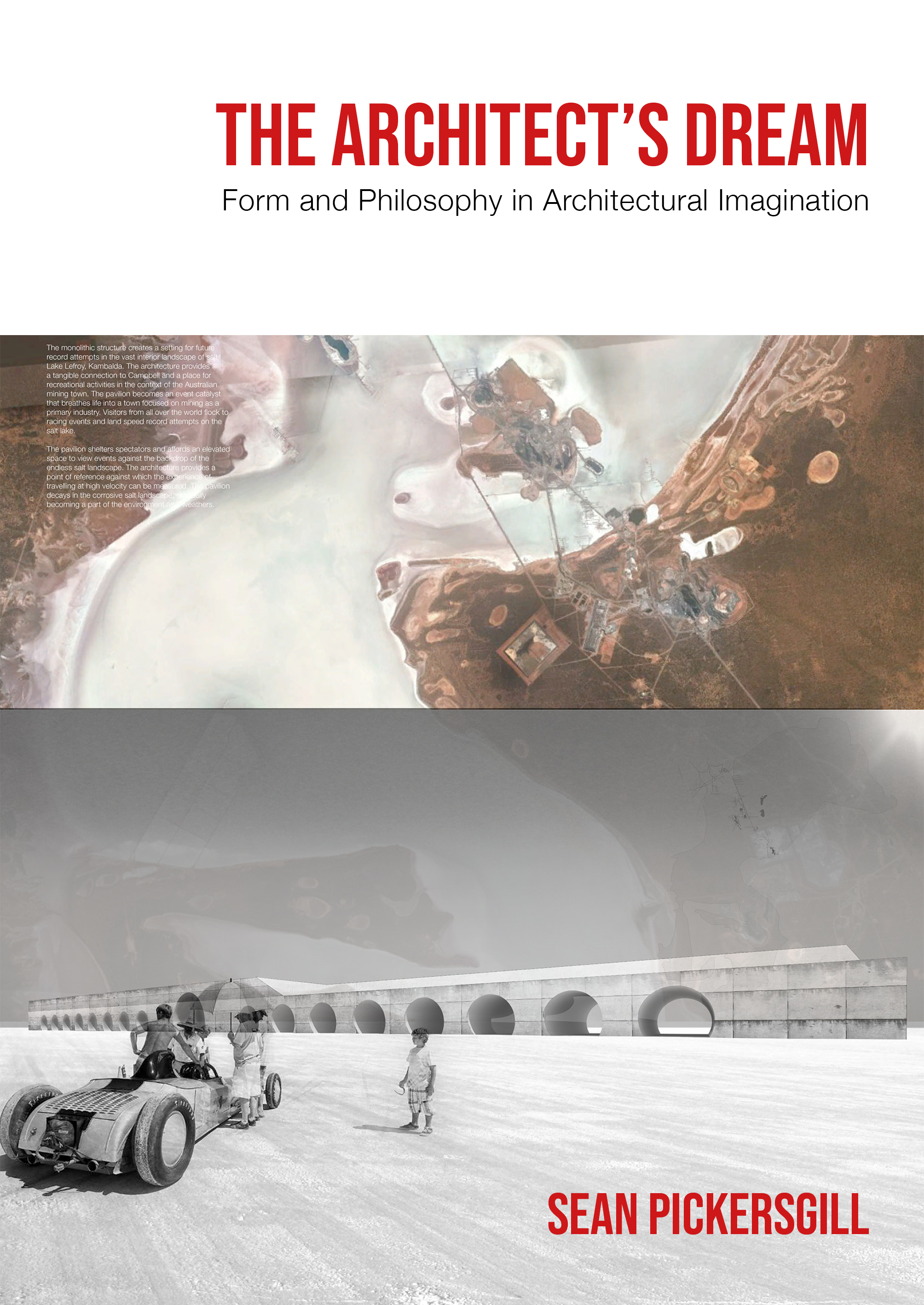
The Architect's Dream
Sean Pickersgill demonstrates that the goal of creating meaningful architecture can take a variety of critical and philosophical paths. The importance of architecture as an expression of broad complex social drivers is complemented by the equally popular idea that architecture as an intellectual pursuit retains its own autonomy as a self-referential culture. This book uniquely places the emphasis for innovation in architecture within the domain of critical thinking generally and a specific understanding of the semantics of built form.
The book draws on a broad range of subject areas from film to philosophy to anthropology to mathematics and economics to show that the path to meaningful creative practice is always based in an understanding of the principal drivers for change and meaning in society.
It is not a simple recipe book or workshop manual for others to reproduce. It requires the engaged reader to employ their own creative abilities to find what potential lies in each of the propositions and it will encourage the scholastic architect to continue to mine the rich veins of intellectual culture to demonstrate the latent purposiveness inherent in all meaningful architecture.
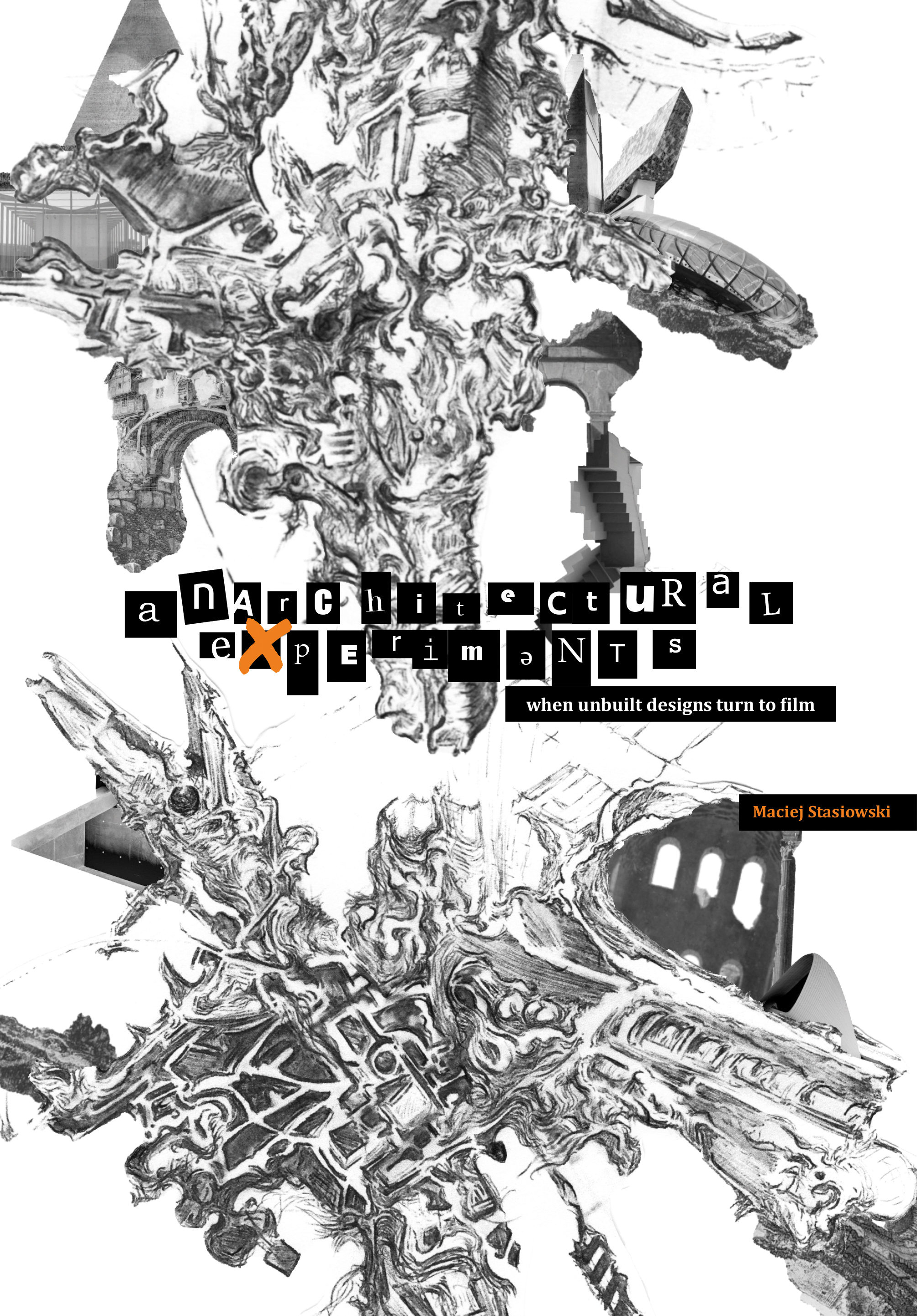
Anarchitectural Experiments
The book investigates speculative filmic architectural projects and animations that go beyond representing buildings touching upon issues concerning medium act of representation or conducting criticism on history culture society or urban politics along with the mediated character of contemporary spatial experience – interpreting it primarily through protocols of architectural imaging.
The book centres on the influence of simulation and cinematic design on visionary or speculative architecture. It outlines the impact of film and animation in architectural representation through key projects. The opening analysis is useful in contextualizing speculative architectural projects while the later chapters link the theory to the imagery. Stasiowski uses a diverse collection of interesting case studies that are easy to read and well-chosen to support his argument.
This is a well-researched work and comprehensive review of speculative architecture and various media that describe it. Stasiowski makes a thorough argument about the use of cinema and animation as a method of architectural visualization.
Stasiowki’s book sets itself apart from other work in the same area by in discussing speculative projects in relation to cinema. and specifically the effect that modern technologies are having on the subject now and in its potential futures.
The borderline between material environment and spatialized imagery becomes progressively more blurred while demand for visionary works that would make sense of this merging has never been greater.
It will appeal primarily to architects and designers filmmakers and academics. It may also be of interest to artists set designers and film production designers.
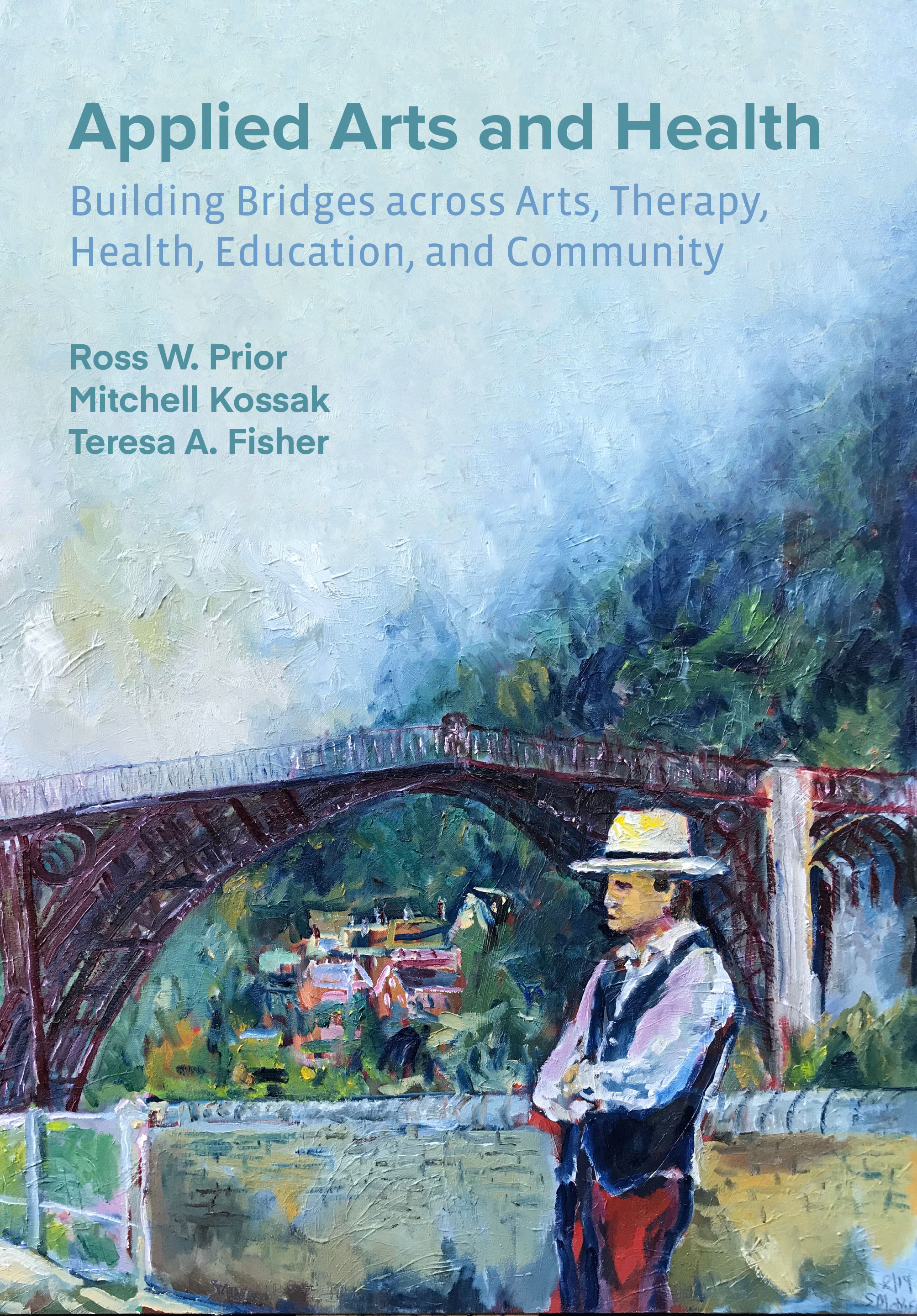
Applied Arts and Health
This collection documents diverse approaches in creative arts engagement building metaphoric bridges across the field with an emphasis on creativity and well-being in education and community development.
Focussing on applied arts and health practice research scholarship expressive arts therapy community and education the book advances integrative and multimodal art-based processes. This book aims to give prominence to art-based research and provides useful support to those working and researching across applied arts and health education and community contexts. The book brings together a collection of world-leading authors in the field spanning a range of cultures documenting projects and significantly adding to cohesive research in the field.
In continuing to advance applied arts and health whilst furthering a commitment to art-based research this new book places emphasis upon the artistic research methodology underlining that art (performing art and visual art) is the evidence. It offers the field an integral vision for the arts both theoretically and practically. Further the book breaks down the silos of practice that have been unhelpful in their development.
The audience for this book will include art-based researchers expressive arts practitioners and scholars arts educators and those interested in bridging the gap between arts and health practice. Masters and doctoral level students in art-based research participatory research and qualitative research with an arts-focus are another audience for the book. All applied arts and health practitioners and academics arts educators art therapists and university PaR programmes. Whilst of particular use to postgraduate students this text will also be useful to final year undergraduate students in assisting them with creative practice-based dissertations and projects. Also useful to researchers practitioners and a range of research degree programmes in applied arts and health education and community engagement.

An Affect of an Experience
Despite the contemporary trend of focusing on personal experience in art and writing there is very little critical analysis of the concept of experience within fine art. The overarching conceptual aim of this book is to examine the concept of experience as both content and as interpretative register in the context of fine art. It explores the reasons why experience when compared to other modes of consciousness – such as understanding knowing perceiving or recognizing – is more aligned with the notion of actuality and thus more likely to be viewed as authentic. It then discusses the idea of writing about experience as a practice in fine art – the idea that writing can be understood as a practice like painting sculpture video etc.– and explores a viable methodology for the art-writing practice.
The book seeks to provide a more fluid interpretation of experience. In so doing it explores the following questions: Why does the reading of experience as self-presence predominate? What is the status and value of experience as evidence? How is experience written and seen? In exploring these questions Kate Love creates a workable strategy for writing about experience.

Animals and Artists
Animals and Artists discusses a selection of modern and contemporary artworks that challenge traditional representations of nonhuman animals and that expose human viewers to animal otherness.
It argues that the individuated and discrete human self in possession of consciousness rationality empathy a voice and a face is open to challenge by nonhuman capacities such as distributed cognition gender ambiguity metamorphosis mimicry and avian speech. In traditional philosophy animals represent all that is lacking in humankind. However Animals and Artists argues that just because humans frame ‘the animal’ as a negative term their binary opposite and everything that they are not does not mean that animals have no meaning in themselves. Rather animals in their very unknowability mark the limits of human thinking.
By combining art analysis with poststructuralist post humanist and animal studies theories as well as scientific research Elizabeth decentres the human and establishes a new position where differences are embraced. In our current moment of ecological crisis Animals and Artists brings readers into solidarity with other animal species among them spiders silkworms bees parrots and octopuses. The book raises empathy for other live forms drawing attention to the shared vulnerabilities of human and nonhuman animals and in so doing underlines the power of art to bring about social change.
Readers will include animal studies scholars artists art historians Jean Painlevé scholars Surrealist enthusiasts non-academics who are concerned about the human-animal relationship the environment or larger identity politics issues.
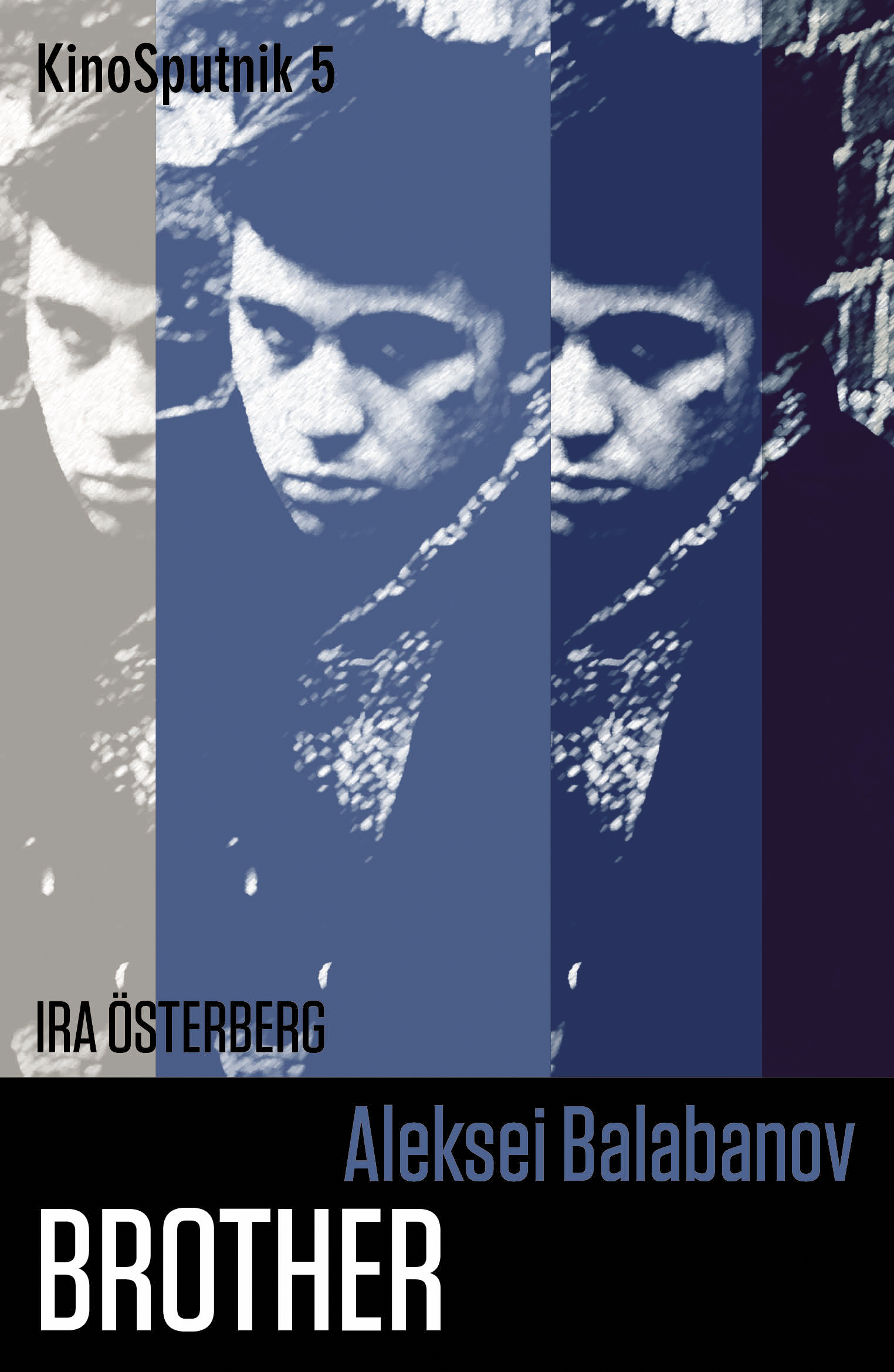
Aleksei Balabanov: 'Brother'
KinoSputniks closely analyse some key films from the history of Russian and Soviet cinema. Written by international experts in the field they are intended for film enthusiasts and students combining scholarship with an accessible style of writing.
Ira Österberg's KinoSputnik on Aleksei Balabanov's cult film Brother (1997) examines the production history context and reception of the film and offers a detailed reading of its key themes.
Balabanov’s Brother made a mark on the new Russia’s film history as its hero Danila Bagrov quickly gained cult status and the nostalgic rock soundtrack hit the nerve of the young post-Soviet generation. This study unravels the film’s effective and ingenious mixture of genre elements art narration and almost documentary-style realism which would become trademarks for Balabanov’s oeuvre.
Primary readership will be among film studies students and film enthusiasts but will also be of interest to anyone researching or studying film soundtracking.
A list of all books in the series is here on the Intellect website on the series page KinoSputnik
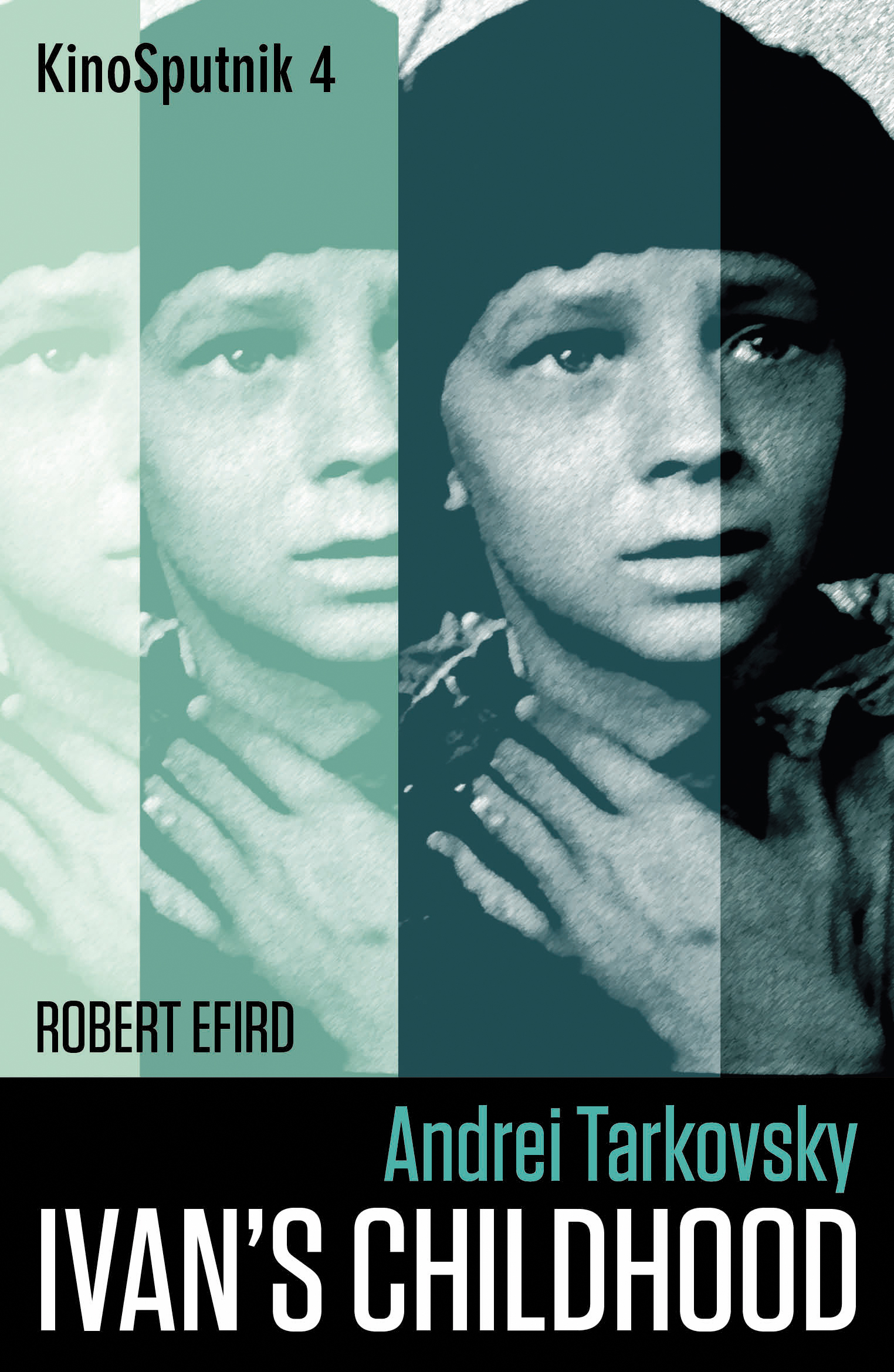
Andrei Tarkovsky: 'Ivan's Childhood'
KinoSputniks closely analyse some key films from the history of Russian and Soviet cinema. Written by international experts in the field they are intended for film enthusiasts and students combining scholarship with an accessible style of writing. This KinoSputnik on Andrei Tarkovsky's debut feature Ivan's Childhood examines the production context and reception of the film whilst offering a detailed reading of its key themes.
Through a close examination of its intricate narrative structure unique stylistic approach and deep philosophical underpinnings this KinoSputnik provides a thorough analysis of a truly remarkable debut film from an artist now considered a towering figure of Russian culture.
Primary readership will be among film studies students and film enthusiasts.
A list of all books in the series is here on the Intellect website on the series page KinoSputnik
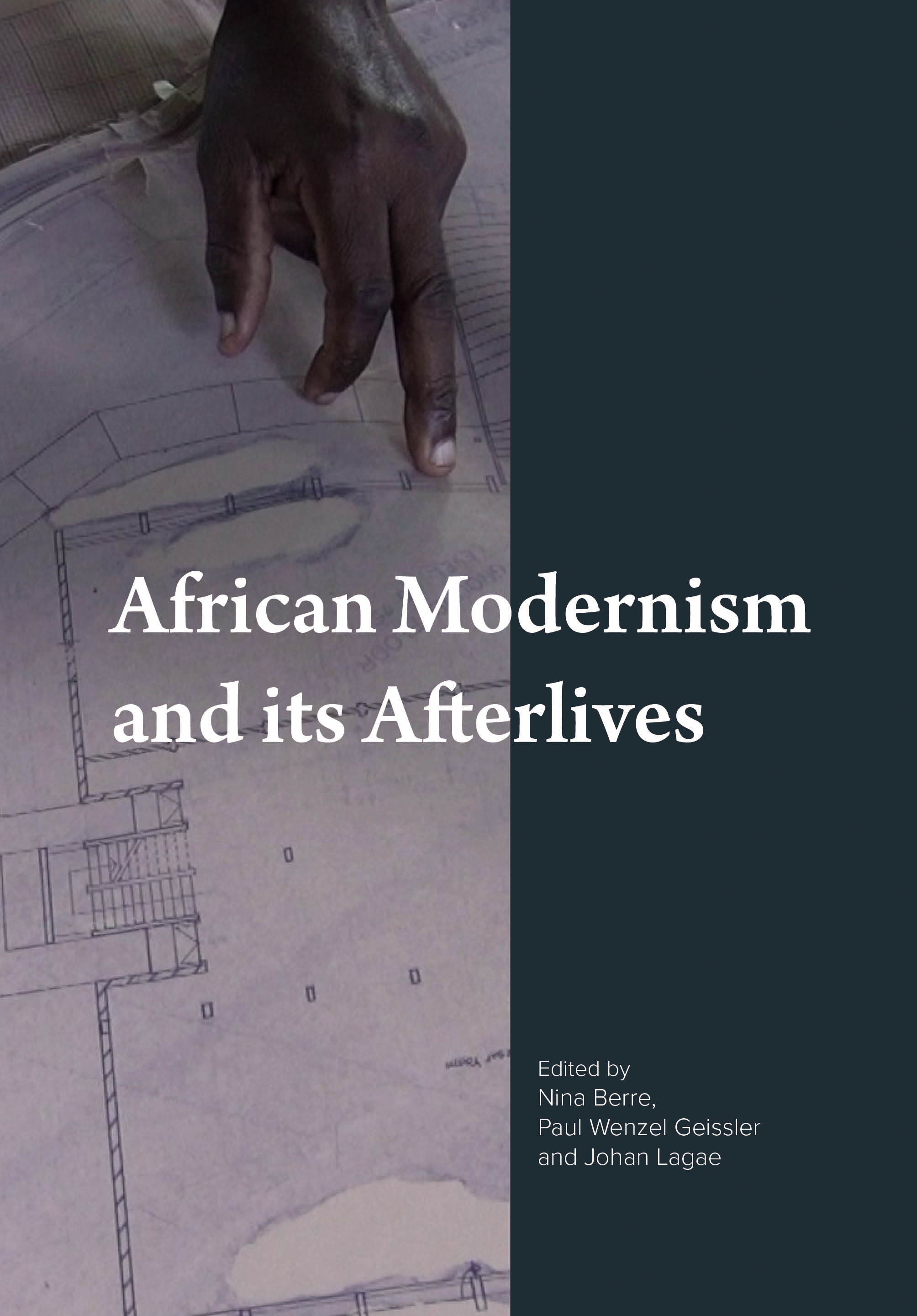
African Modernism and Its Afterlives
This new book is an edited volume of essays that examine the legacy of architecture in a number of African countries soon after independence. It has its origins in an exhibition and symposium that focused on architecture as an element in Nordic countries’ aid packages to newly independent states but the expanded breadth of the essays includes work on other countries and architects. Drawing on ethnography archival research and careful observations of buildings remains and people the case studies seek to connect the colonial and postcolonial origins of modernist architecture the historical processes they underwent and present use and habitation.
It results from the 2015 seminar and exhibition Forms of Freedom at the National Museum of Art Architecture and Design in Oslo Norway. The exhibition showed how modern Scandinavian architecture became an essential component of foreign aid to East Africa in the period 1960–80 and how the ideals of the Nordic welfare system found expression in a number of construction projects. The seminar which built upon the exhibition as well as on a previous collaboration on the legacies of modernism in Africa between the Department of Anthropology of the University of Oslo and the Department of Architecture and Urban Planning from Ghent University broadened the geographic scope of the discussion beyond the Scandinavian context and set the ground for bringing together the disciplines of architectural history and social anthropology.
Primary readership will be among architects and architectural historians and graduate level architecture and urban studies students for whom it will be valuable course material as well as those in fields such as African studies and anthropology. It may also be of interest to those working or researching in public policy and political history.
